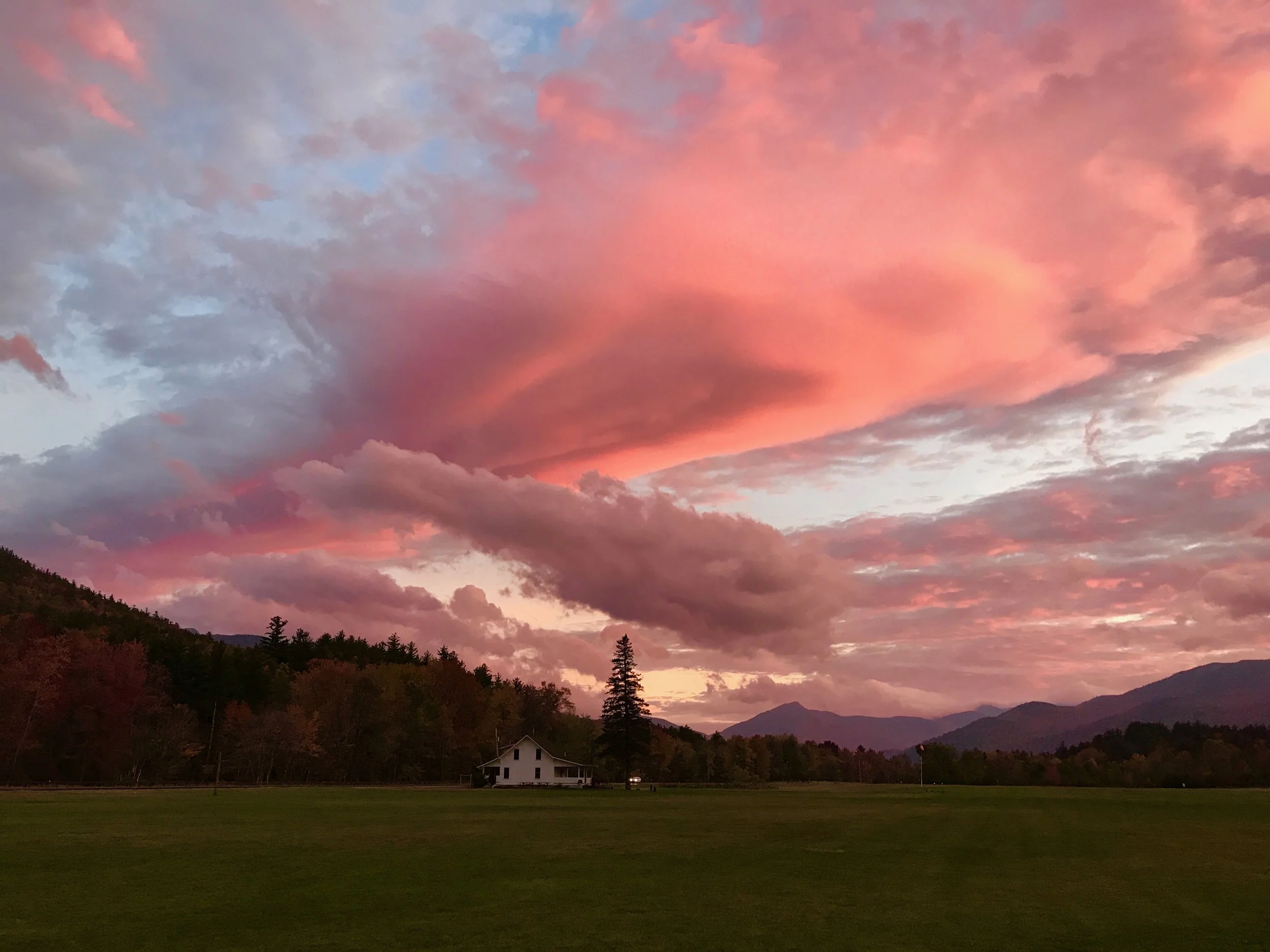BEACON FOR A BELEAGUERED WORLD
The Adirondack Park established by the People of New York State through the actions of the NY State Legislature in 1892 comprises no less than one-fifth of the land mass of New York State – some 6.2 million acres – the largest protected area, state or federal, in the lower 48 states of the USA. In size alone, it is a commanding testimony to the commitment of the People of New York across nearly 7 generations to wild land, mountain watershed and ecosystem preservation rarely paralleled nationally or globally.
As important, the Park, by Law, is unique in its integrated combination of nearly 45 percent “Forever Wild” state forest preserve lands (some 2.7 million acres) protected under the NY State Constitution from 1894 and the balance being private lands within 102 towns and villages – home to over 130,000 resident citizens – and managed under one of the very few regional land use zoning plans nationally borne of the 1970 Adirondack Park Agency Act.
With 18 designated motor-less Wilderness Areas, even more Wild Forest areas (and other smaller categories) where, case by case, some forms of motorized recreation can be undertaken – all of which are open and accessible for the free use of The People of New York State and multiple millions of recreational visitors and tourists, the Adirondack Park stands as a beacon for a beleaguered world suffering from the loss of wildness, wildlife and ecosystem integrity.
Ecologically, the Adirondack Park’s natural diversity is benefited by its context as a transition zone from northern deciduous and boreal forest biomes, rare and fragile alpine tundra, an exceptional diversity of wetland ecosystems and by some accounts as many as 10,000 lakes, ponds and small water bodies, over 30,000 miles of fresh, typically cold water rivers, streams and brooks borne from a 5,000 plus foot dome of ancient granitic anorthosite bed rock linked across the St. Lawrence River to Canada (called the Frontenac Arc or Arch) and deeply impacted by mile high glaciers of over 15,000 years ago.
As equal a draw to its approximately 10 million tourist and recreational visitors annually (arguably one of the most visited Parks in all the world) for its alpine scenic splendor and rich land and water recreational opportunities, the region hosts a biologically rich panoply of diverse native mammals, fishery, insects, bird life and much, much more inclusive of black bear, moose, fisher, eastern coyotes (sometimes referred to as coy-wolves due to their genetic make-up and larger size), bobcat, fox, snowshoe hare, white tail deer, bald eagles, great blue herons, owls and the mound-lodge building beavers.
Settled first by woodland Indians well over 9,000 years ago or more, the Adirondack region became the “Couchsachraga” Beaver Hunting grounds of the Iroquois Confederacy of American Indians – home to the Mohawk and Oneida Peoples and held in usufruct lineage to the Six Nations of the Iroquois for hundreds and thousands of years. Contrary to European and post-colonial myth that the region was unpeopled, Indians lived and utilized the region’s resources vigorously and fought to protect its use from northern Algonquin tribes in Canada and others over thousands of years. Habitation sites in the interior have been determined through archeological evidence of over 5,000 years of habitation and Clovis points have been unearthed in locations on the Adirondack coast of Lake Champlain.
While only a small percentage of the Park’s inhabitants today have Mohawk or Oneida heritage and identity, reservations exist in northern New York on the St. Lawrence (Akwesasne Mohawk Reservation and Ganieinkah) and within several hours drive within south eastern Canada (Tayendenaga, Six Nations, and others) – inclusive of modern and traditional natives who come into the Park on regular occasions to enjoy its beauty, its spring waters, its unparalleled recreation and its native medicinal plants, fishing, hunting and fasting – healing and other ceremonies.
Due to its mountain, lake, river and unparalleled Wilderness grandeur and its unique conservation history and integrated land use plan in place for over a quarter century, the Adirondack Park has held the fascination of scientists, researchers, historians, park managers and cultural ecologists from across the globe.
These most interested visitors have come individually and through countless international exchanges from Great Britain, Italy and other European Nations, the Scandinavian Countries, Russia – Siberia, Mongolia, China, Tibet, Nepal, Japan, and even, recently, the small Himalayan nation of The Kingdom of Bhutan to name just a few. They come to learn about our constitutionally protected Wilderness and the intricacies, challenges and opportunities of learning to live within a most amazing, restored wild land alpine protected area while also sharing their own lessons learned from parks and unique natural areas around the globe.
And many of these sojourners – for their own business interests and expertise – have chosen to stay and live here in the Adirondack Park complementing a rich, native history and post-colonial array of long-held Adirondack families and communities steeped in mountain lore and traditional knowledge. By doing so, our diversity of Peoples are on the increase and the excitement, beauty and wonder of the Adirondacks as a beacon for a beleaguered world is shared more richly both within the Park’s historic Blue Line and beyond to the very ends of the East

